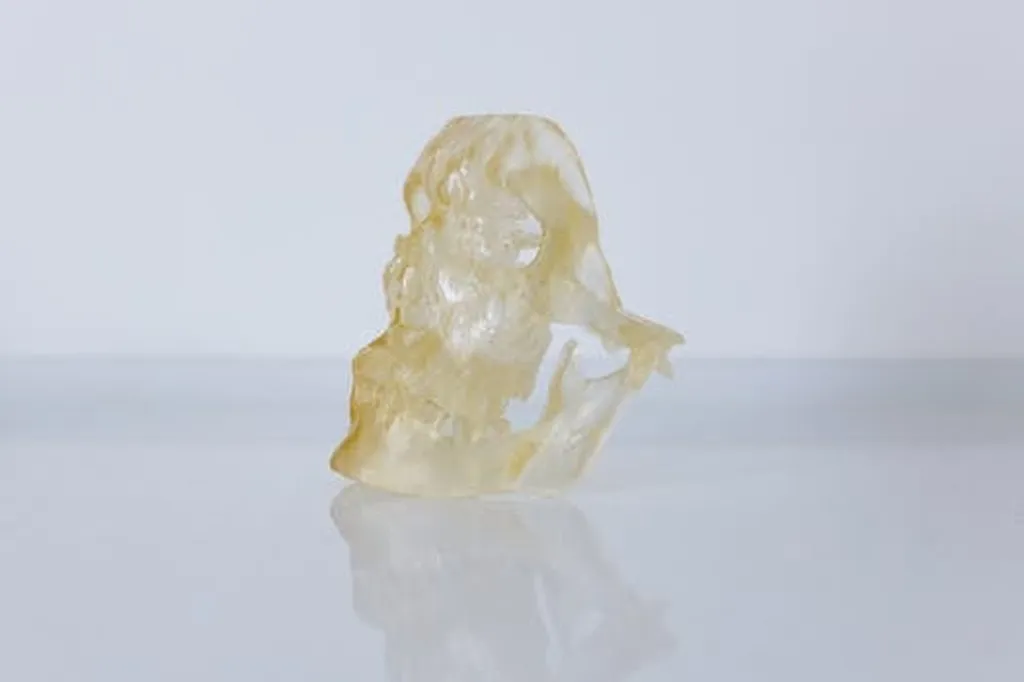In the rapidly evolving world of dental technology, a groundbreaking study has emerged that could redefine the standards of 3D printing in dentistry. Researchers, led by Shiyu Ji from The Affiliated Yantai Stomatological Hospital, Binzhou Medical University, have delved into the effects of silanized nano-Al2O3 fillers on the mechanical properties and printing accuracy of photopolymer resins. This research, published in the esteemed journal *Materials Research Express* (translated to English as “Materials Research Express”), promises to revolutionize the quality and reliability of 3D printed dental applications.
The study focuses on polyurethane acrylate (PUA), a commonly used photopolymer resin in dental 3D printing. Despite its widespread use, PUA often falls short in delivering the desired mechanical properties, which can compromise the quality of dental applications. To address this issue, Ji and his team explored the potential of silanized nano-Al2O3 fillers to enhance the performance of PUA resins.
The researchers modified nano-Al2O3 particles using a silane coupling agent and characterized the modification through Fourier-transform infrared spectroscopy (FTIR) and thermogravimetric (TGA) analysis. They then fabricated specimens using PUA resins with varying concentrations of silanized nano-Al2O3 fillers: 0 wt% (control), 2 wt%, 4 wt%, and 6 wt%.
The results were nothing short of impressive. The mechanical properties of the photopolymer resins showed significant improvement with the addition of silanized nano-Al2O3 fillers. The resin with 4 wt% filler content exhibited the highest values, with a 11.7% increase in hardness, a 31.1% boost in tensile strength, and a remarkable 39.9% enhancement in flexural strength.
“These improvements are a game-changer for the dental industry,” said Ji. “The enhanced mechanical properties of the resin can lead to more durable and precise dental applications, ultimately benefiting patients and practitioners alike.”
The study also assessed the printing accuracy by analyzing the root-mean-square error (RMS). While the incorporation of 2 wt% and 4 wt% fillers did not significantly affect printing accuracy, the addition of 6 wt% fillers compromised it. This finding underscores the importance of optimizing filler content to balance mechanical properties and printing accuracy.
The implications of this research are far-reaching. As Ji explains, “The potential of silanized nano-Al2O3 fillers to enhance the mechanical performance of photopolymer resins opens up new avenues for improving the quality of 3D printing dental applications. This could lead to more reliable and long-lasting dental prosthetics, implants, and other applications, ultimately elevating the standard of care in dentistry.”
The commercial impacts of this research are substantial. Dental practices and laboratories investing in 3D printing technology can look forward to improved material options that deliver superior mechanical properties without sacrificing printing accuracy. This advancement could drive innovation in the dental industry, leading to more efficient and effective dental treatments.
As the field of 3D printing continues to evolve, this study serves as a testament to the power of material science in driving technological advancements. With further research and development, the integration of silanized nano-Al2O3 fillers into photopolymer resins could become a standard practice, setting new benchmarks for quality and performance in dental 3D printing.
In the words of Ji, “This is just the beginning. The possibilities are vast, and we are excited to explore the full potential of this technology in the years to come.” As the dental industry embraces these advancements, patients can expect to receive higher quality dental care, and practitioners can look forward to more reliable and efficient tools to enhance their practice.

